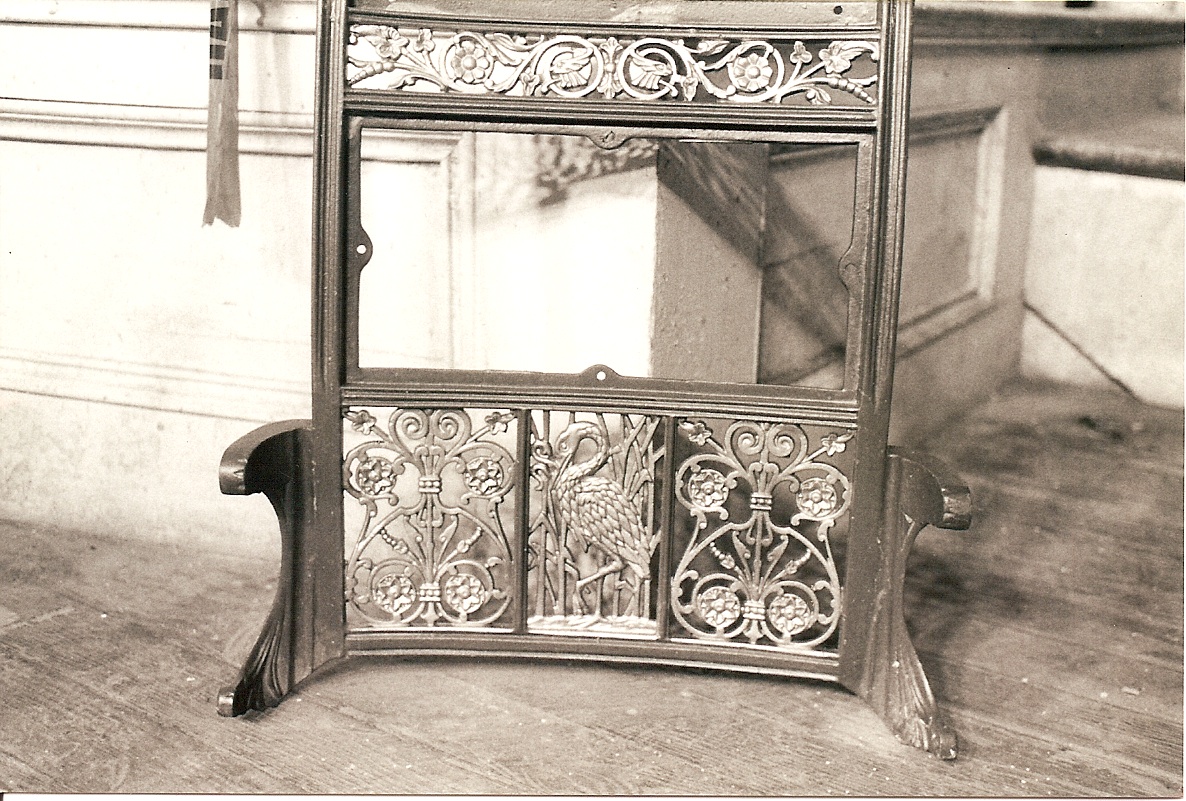Derby's Sterling Opera House was the first structure in Connecticut to be listed on the National Register of Historic Places.
The Sterling was built in 1889 to serve the cultural and political needs of Derby and the Lower Naugatuck Valley.
The theater opened on April 2, 1889 and remained in use until 1945.Two Lower levels served as a City Hall and a Police Station until 1945.
Designer H.E. Ficken, one of the creators of Carnegie Hall, combined several architectural styles in the Sterling. The exterior and roof-top and the interior walls and doorways are Italianate Victorian and display the final evolution of the Italian Baroque opera house.
 The interior seating plan was influence by German composer Richard Wagner's conception of a triangle seating arrangement, with all the seats enjoying an unobstructed view of the stage. No box seats were used, but two "piano boxes" were located on either side of the stage to accommodate two Sterling Pianos.
The interior seating plan was influence by German composer Richard Wagner's conception of a triangle seating arrangement, with all the seats enjoying an unobstructed view of the stage. No box seats were used, but two "piano boxes" were located on either side of the stage to accommodate two Sterling Pianos.
 A proscenium arch frames the 60-by-34 foot stage. Below are 10 dressing rooms. The auditorium boasts an orchestra pit, two gracefully sweeping balconies,
and fine examples of bottle glass, keystone arches and wrought iron work. Acoustically, the Sterling has no equal. Even a whisper can be heard clearly from all areas of the auditorium.
A proscenium arch frames the 60-by-34 foot stage. Below are 10 dressing rooms. The auditorium boasts an orchestra pit, two gracefully sweeping balconies,
and fine examples of bottle glass, keystone arches and wrought iron work. Acoustically, the Sterling has no equal. Even a whisper can be heard clearly from all areas of the auditorium.
 The interior seating plan was influence by German composer Richard Wagner's conception of a triangle seating arrangement, with all the seats enjoying an unobstructed view of the stage. No box seats were used, but two "piano boxes" were located on either side of the stage to accommodate two Sterling Pianos.
The interior seating plan was influence by German composer Richard Wagner's conception of a triangle seating arrangement, with all the seats enjoying an unobstructed view of the stage. No box seats were used, but two "piano boxes" were located on either side of the stage to accommodate two Sterling Pianos. A proscenium arch frames the 60-by-34 foot stage. Below are 10 dressing rooms. The auditorium boasts an orchestra pit, two gracefully sweeping balconies,
and fine examples of bottle glass, keystone arches and wrought iron work. Acoustically, the Sterling has no equal. Even a whisper can be heard clearly from all areas of the auditorium.
A proscenium arch frames the 60-by-34 foot stage. Below are 10 dressing rooms. The auditorium boasts an orchestra pit, two gracefully sweeping balconies,
and fine examples of bottle glass, keystone arches and wrought iron work. Acoustically, the Sterling has no equal. Even a whisper can be heard clearly from all areas of the auditorium.